Hiromitsu Nakauchi: Stem cell technology and its potential for future medicine, Ludwig Boltzmann Forum, 20 February 2020
Hiromitsu Nakauchi, Stanford University School of Medicine, Professor, and University of Tokyo, Project Professor, Divn. of Stem Cell Therapy, Institute of Medical Science
Summary by Gerhard Fasol
Summary: solving the shortage of organ donors and immune rejection with stem cells
There are far more patients requiring organ transplants than organ donations. Transplanted organs are rejected by the recipient’s immune system requiring life-long immune suppression. Professor Nakauchi explains his path towards growing organs based on a patient’s stem cells injected into an animal’s embryo, which then is implanted into a host animal, and when fully grown this organ is transplanted back into the patient. While this long term target is still very difficult and far in the future, Professor Nakauchi and his teams at Tokyo University and Stanford University have solved several of the intermediary steps, bringing this final target closer.
What are stem cells?
Stem cells are undifferentiated or partly differentiated cells at the origin of cell lineages, can develop into different types of cells, and can divide to create more of the same stem cells. Stem cells were found in the 1960s by Ernest McCulloch and James Till’s group at the University of Toronto/Canada.
see: A. J. Becker, E. A . McCulloch, J. E. Till, Cytological Demonstration of the Clonal Nature of Spleen Colonies Derived from Transplanted Mouse Marrow Cells, Nature 197, 452-454 (1963)
Stem cells are important for development, maintenance and tissue recovery in our bodies.
Hierarchy of stem cells
- Totipotent stem cells differentiate into all cells > fertilized egg
- Multipotent stem cells differentiate into all cells except placenta
- two types
- embryonic stem (ES) cells,
- induced pluripotent stem (iPS) cells, the 2012 Nobel Prize in Physiology or Medicine was jointly awarded to Sir John B Gurdon and Shinya Yamanaka for “for the discovery that mature cells can be reprogrammed to become pluripotent.”. see: https://www.nobelprize.org/prizes/medicine/2012/summary/ and https://www.gurdon.cam.ac.uk/research/gurdon
- differentiate into
- muscle stem cells
- nerve stem cells
- bone stem cells
- other tissue stem cells
- two types
- adult stem cells
- blood stem cells, hematopoietic stem cells (HSCs)
- red blood cells
- white blood cells
- blood stem cells, hematopoietic stem cells (HSCs)
Embryonic stem (ES) cells
Embryonic stem cells can be cultured indefinitely, have high differentiation potential (e.g into neurons, muscle cells, blood cells, liver cells etc), and gene manipulation is possible.
However, ES cells cannot be established from patients and may not represent a healthy individual. In addition there are ethical difficulties regarding the manipulation of human embryos.
Because ES cells cannot be established from the patient, ES cell based therapy requires Human leukocyte antigen (HLA) matching, and may lead to immune rejection and / or infections.
Cell therapy using a patient’s own cells is desired, by generating pluripotent stem cells from patients.
Induced pluripotent stem (iPS) cells
Patient-derived pluripotent stem cells can be generated from somatic cells (skin fibroblasts, blood cells, epithelial cells, …) by introduction using Sendai virus as vectors of four genes that are expressed in ES cells. These four genes are:
Patient derived iPSCs are useful as an unlimited source of human material:
- studies of pathogenesis
- development of therapies
- drug screening
- gene/cell therapy
- toxicology studies
- …
see:
- Kazutoshi Takahashi, Shinya Yamanaka, Induction of Pluripotent Stem Cells from Mouse Embryonic and Adult Fibroblast Cultures by Defined Factors, Cell 126, 663-676, (August 25, 2006)
- Kazutoshi Takahashi, Koji Tanabe, Mari Ohnuki, Megumi Narita, Tomoko Ichisaka, Kiichiro Tomoda, Shinya Yamanaka, Induction of Pluripotent Stem Cells from Adult Human Fibroblasts by Defined Factors, Cell 131, 861-872 (November 30, 2007)
- Noemi Fusaki, Hiroshi Ban, Akiyo Nishiyama, Koichi Saeki, and Mamoru Hasegawa, Efficient induction of transgene-free human pluripotent stem cells using a vector based on Sendai virus, an RNA virus that does not integrate into the host genome, Proc Jpn Acad Ser B Phys Biol Sci v.85(8); 348-362 (2009)
- Hiroshi Ban, Naoki Nishishita, Noemi Fusaki, Toshiaki Tabata, Koichi Saeki, Masayuki Shikamura, Nozomi Takada, Makoto Inoue, Mamoru Hasegawa, Shin Kawamata, and Shin-Ichi Nishikawa, Proc Natl Acad Sci U S A. (2011 Aug 23); 108(34): 14234–14239.
From basic research to clinical translation
Professor Nakauchi’s research focus was always riding basic research and clinical applications.
From basic research to clinical translation:
- generation of organs from iPS cells
- next generation regenerative medicine
- ex vivo expansion of hematopoietic stem cells
- non-myeloablative HSC transplantation using autologous HSCs
- novel adoptive T cell therapy using iPSC technology
- co-founded Century Therapeutics in 2019
- pre-clinical stage
- generation of platelet from iPS cells
- transfusion using iPSC-derived platelets
- co-founded Megakaryon in 2011
- going into clinical trials
Generation of organs from iPSCs
Interspecies organogenesis for generation of functional organs from iPSCs
There is a lack of donor organs:
- 116,000 men, women and children are on the US national transplant waiting list as of August 2017,
- every 10 minutes another person is added to the waiting list for transplants
- 33,611 transplants were performed in 2016
- 20 people die each day waiting for a transplant
- source:
- US Government Information on Organ Donation and Transplantation
- https://www.organdonor.gov
- illegal organ trafficking: more than 10,000 organs were sold in 2010, about 10% of transplantations performed world wide
- see: Karen Honey, Putting a stop to organ trafficking and tourism, J Clinical Investigation 119(3), (March 2, 2009), 425
transplant requires life-long immunosuppression
Issues in transplantation medicine
- shortage of donor organs
- immunological rejection
- side effects and high medical cost due to lifetime immunesuppression
- ethical issues (brain death, living donor, definition of death)
Generation of functional organs from the patient’s own stem cell has the potential for a solution
Future goal: generation of human organs in livestock animals
concept:
- iPS cells are generated from the patient
- iPS cells are implanted in an organogenesis-disabled animal: interspecies organ complementation
- generation of a human organ in a livestock animal
- organ transplant from animal to patient
Development complementation via an “organ niche” by blastocyst complementation (kidneys)
Pluripotent stem cells from (ESCs, iPSCs) are introduced into SALL1-/- mouse blastocyst to generate organs derived from pluripotent stem cells.
see:
- Jo-ichi Usui, Toshihiro Kobayashi, Tomoyuki Yamaguchi, A.S. Knisely, Ryuichi Nishinakamura, and Hiromitsu Nakauchi, Generation of Kidney from Pluripotent Stem Cells via Blastocyst Complementation, American Journal of Pathology, Vol. 180, No. 6, (June 2012) 2417-2426
- Kobayashi T, Yamaguchi T, Hamanaka S, Kato-Itoh M, Yamazaki Y, Ibata M, Sato H, Lee YS, Usui J, Knisely AS, Hirabayashi M, Nakauchi H: Generation of rat pancreas in mouse by interspecific blastocyst injection of pluripotent stem cells. Cell (2010), 142:787–799
Proof of concept data were obtained in mouse-mouse chimeras for
- pancreas (Pdx1 KO),
- thymus (nude mouse),
- kidney (Sall1 KO),
- liver (Sek1 KO),
- vessels and blood (Flk1 KO)
Generation of interspecies chimeras: mouse <> rat
Generation of chimeras across “Xeno-barrier”
see:
- Masumi Hirabayashi, Megumi Kato, Toshihiro Kobayashi, Makoto Sanbo, Takeshi Yagi, Shinichi Hochi, Hiromitsu Nakauchi, Establishment of rat embryonic stem cell lines that can participate in germline chimerae at high efficiency, Mol. Reprod. Dev. 77: 94, (2010)
- Sanae Hamanaka, Tomoyuki Yamaguchi, Toshihiro Kobayashi, Megumi Kato-Itoh, Satoshi Yamazaki, Hideyuki Sato, Ayumi Umino, Yukiko Wakiyama, Mami Arai, Makoto Sanbo, Masumi Hirabayashi, Hiromitsu Nakauchi, Generation of Germline-Competent Rat Induced Pluripotent Stem Cells, PLoS ONE 6(7) (2011): e22008.
Interspecies organ complementation – blastocyst complementation across xenogenic barrier
- generation of (Pdx1 KO) mouse with rat pancreas > mouse with rat PSC derived pancreas > mouse-sized rat pancreas in mouse
- Toshihiro Kobayashi, Tomoyuki Yamaguchi,Sanae Hamanaka, Megumi Kato-Itoh,Yuji Yamazaki,Makoto Ibata,Hideyuki Sato,Youn-Su Lee,Jo-ichi Usui,A.S. Knisely,Masumi Hirabayashi,Hiromitsu Nakauchi, Cell 142(5) 787-799 (Sept 3 2010)
- generation of (Pdx1 KO) rat with mouse pancreas > rat with mouse PSC derived pancreas > rat-sized mouse pancreas in rat
- Yamaguchi T, Sato H, Kato-Itoh M, Goto T, Hara H, Sanbo M, Mizuno N, Kobayashi T, Yanagida A, Umino A, Ota Y, Hamanaka S, Masaki H, Rashid ST, Hirabayashi M, Nakauchi H. Interspecies organogenesis generates autologous functional islets. Nature 542, 191–196 (2017)
Transplantation of mouse islets generated in rats
Rat pancreata can be created from rat PSCs in mice trough interspecies blastocyst complementation, however the resulting pancreata were of mouse size, creating insufficient number of islets to treat diabetes in the rat.
To solve this issue, the reverse experiments were performed:
Mouse PSCs were injected into Pdx-1 deficient rat blastocysts, and rat sized pancreata composed of mouse-PSC derived cells were grown. Islets prepared from these mouse-PSC derived pancreata grown in rats were then transplanted into mice with streptozotocin-induced diabetes. The transplanted islets maintained mouse-host blood glucose levels for over 370 in the absence of immunosuppression.
These experiments show that in principle organs can be grown based on PSCs across animal barriers and used for therapy.
- Yamaguchi T, Sato H, Kato-Itoh M, Goto T, Hara H, Sanbo M, Mizuno N, Kobayashi T, Yanagida A, Umino A, Ota Y, Hamanaka S, Masaki H, Rashid ST, Hirabayashi M, Nakauchi H. Interspecies organogenesis generates autologous functional islets. Nature 542, 191–196 (2017)
Pigs and sheep have similar organ size and anatomy to human and grow to adult human size in a short time
pigs grow to adult human size in 9 months, sheep in 10 months, but monkeys in 4 years.
Blastocyst complementation in pigs
- Ryo Sumazaki, Nobuyoshi Shiojiri, Shigemi Isoyama, Masayuki Masu, Kazuko Keino-Masu, Mitsujiro Osawa, Hiromitsu Nakauchi, Ryoichiro Kageyama & Akira Matsui. Conversion of biliary system to pancreatic tissue in Hes1-deficient mice. Nature Genetics, 36(1), 83 (2004)
- Hitomi Matsunari, Hiroshi Nagashima, Masahito Watanabe, Kazuhiro Umeyama, Kazuaki Nakano, Masaki Nagaya, Toshihiro Kobayashi, Tomoyuki Yamaguchi, Ryo Sumazaki, Leonard A. Herzenberg, and Hiromitsu Nakauchi. Blastocyst complementation generates exogenic pancreas in vivo in apancreatic cloned pigs. PNAS (March 19, 2013) 110 (12) 4557-4562,
- Hitomi Matsunari, Masahito Watanabe, Kazuaki Nakano, Shin Enosawa, Kazuhiro Umeyama, Ayuko Uchikura, Sayaka Yashima, Toru Fukuda, Nikolai Klymiuk, Mayuko Kurome, Barbara Kessler, Annegret Wuensch, Valeri Zakhartchenko, Eckhard Wolf, Yutaka Hanazono, Masaki Nagaya, Akihiro Umezawa, Hiromitsu Nakauchi, and Hiroshi Nagashima. Modeling lethal X-linked genetic disorders in pigs with ensured fertility. PNAS (January 23, 2018) 115 (4) 708-713
Implantation of human/animal admixed embryos was prohibited by guidelines in Japan, therefore:
Move from the University of Tokyo to Stanford University, Institute for Stem Cell Biology and Regenerative Medicine
Achieving apancreatic sheep is the first step towards growing human iPSC derived pancreas in sheep for implantation back into humans: generation of apancreatic sheep by CRISPR/Cas9 microinjection into sheep oocytes.
- Marcela Vilarino, Sheikh Tamir Rashid, Fabian Patrik Suchy, Bret Roberts McNabb, Talitha van der Meulen, Eli J. Fine, Syed Daniyal Ahsan, Nurlybek Mursaliyev, Vittorio Sebastiano, Santiago Sain Diab, Mark O. Huising, Hiromitsu Nakauchi & Pablo J. Ross, CRISPR/Cas9 microinjection in oocytes disables pancreas development in sheep. Sci Rep 7, 17472 (2017)
- Fabian Suchy, Tomoyuki Yamaguchi, Hiromitsu Nakauchi, iPSC-Derived Organs In Vivo: Challenges and Promise, Cell Stem Cell 22(1) 21-24 (4 January 2018)
Human iPSC in mouse and sheep embryos
The next step in the quest for developing iPCS based human organs in animals for transplant back into human patients is to investigate human iPCS in mouse and sheep.
Human iPSC cells injected into mouse or sheep embryos normally to not migrate into the inner cell mass (ICM), however migration and proliferation can be achieved by injecting primed human iPSCs with Bcl2 expression.
A major difficulty is caused by evolutionary divergence rats and mice diverged less than 30 million years ago, while humans and pigs or sheep diverged over 60 million years ago.
The Japanese Government finally lifted the ban on human-animal chimera research
- Kelly Servick, Taking ‘baby steps’ to human organs in livestock, Science, 364, 1217-1218 (28 June 2019)
- https://science.sciencemag.org/content/364/6447/1217.full
- DOI: 10.1126/science.364.6447.1217
- David Cyranoski, Japan approves first human-animal embryo experiments Nature (news 26 July 2019)
- doi: 10.1038/d41586-019-02275-3
- https://www.nature.com/articles/d41586-019-02275-3
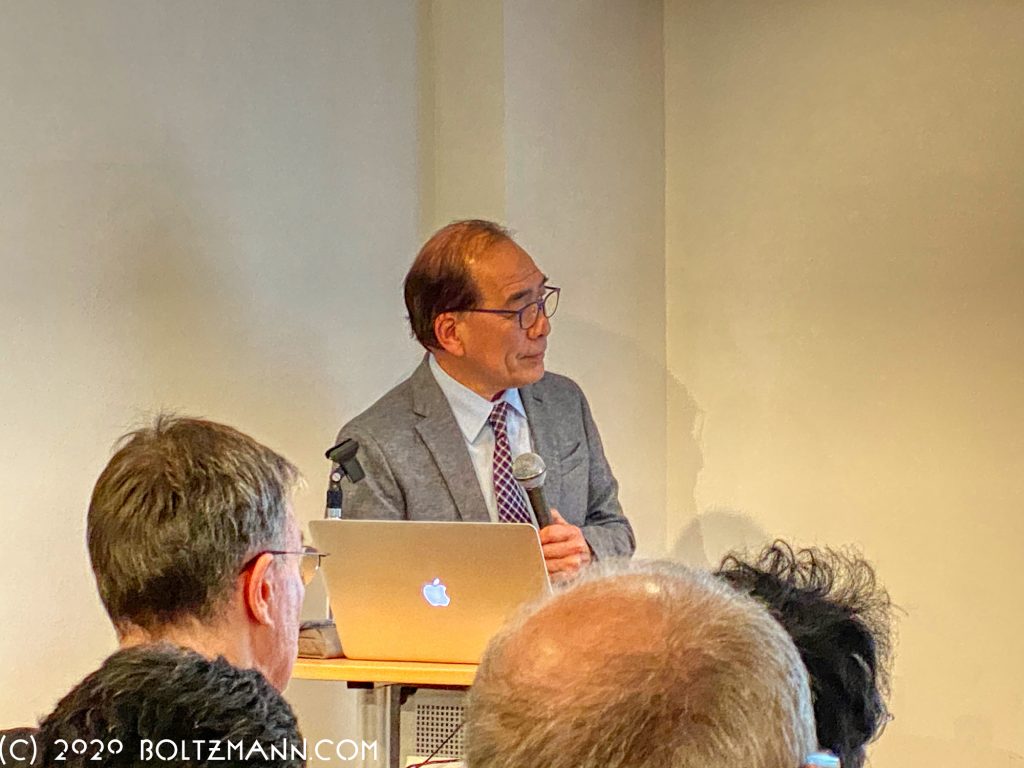
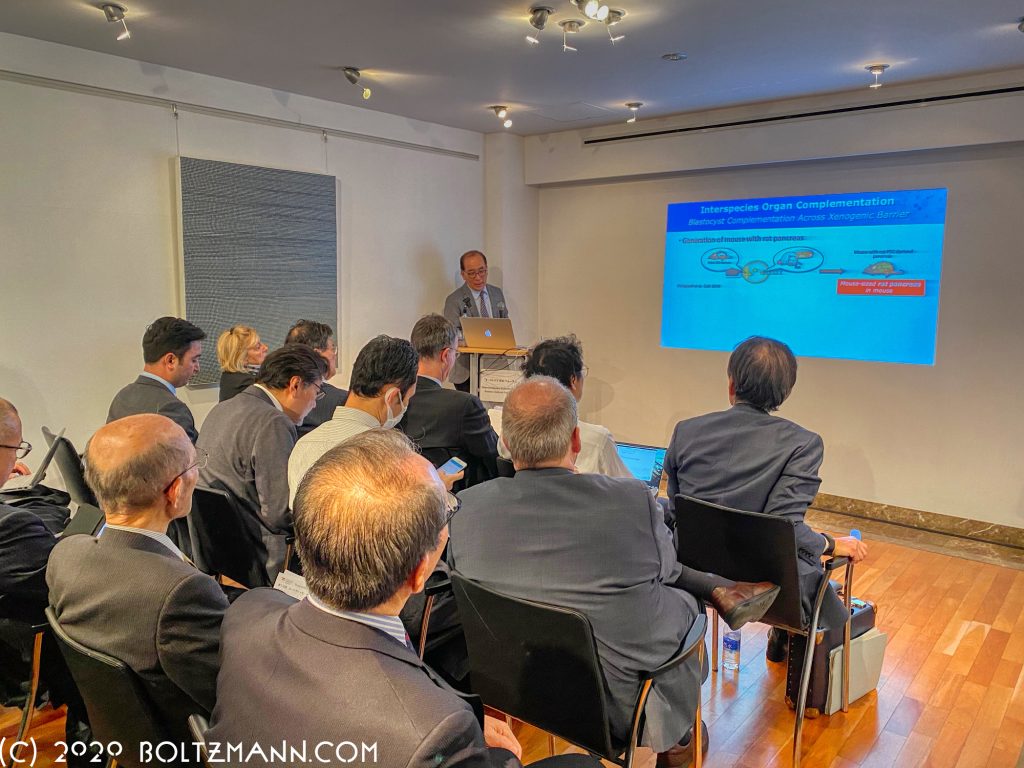
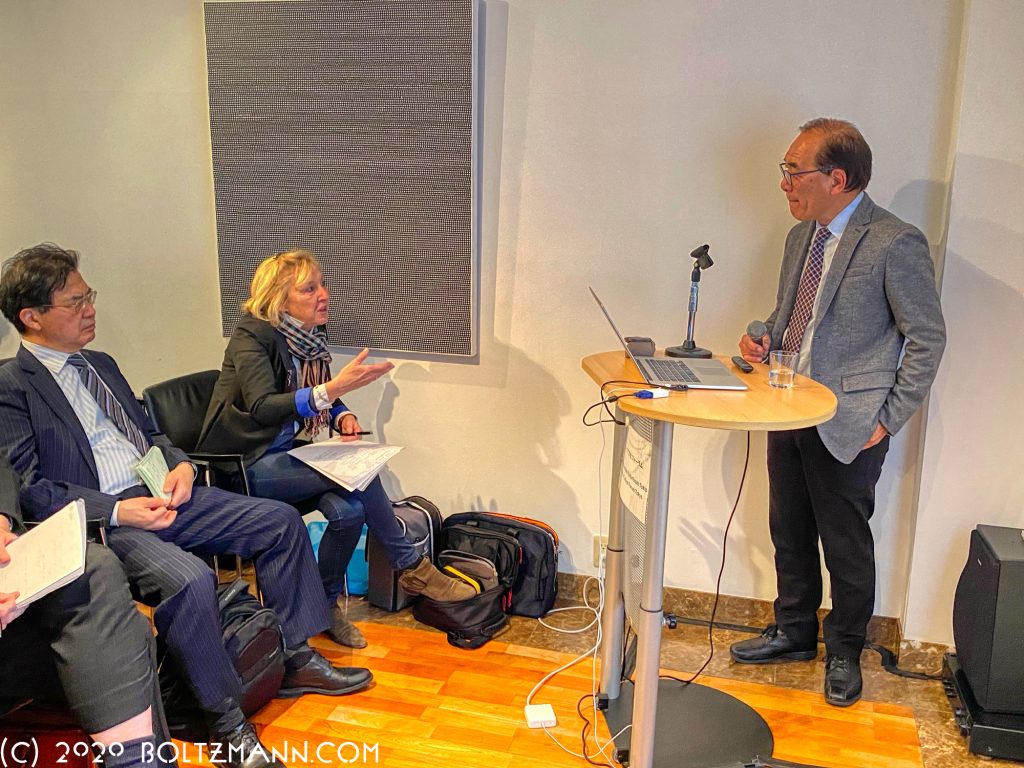
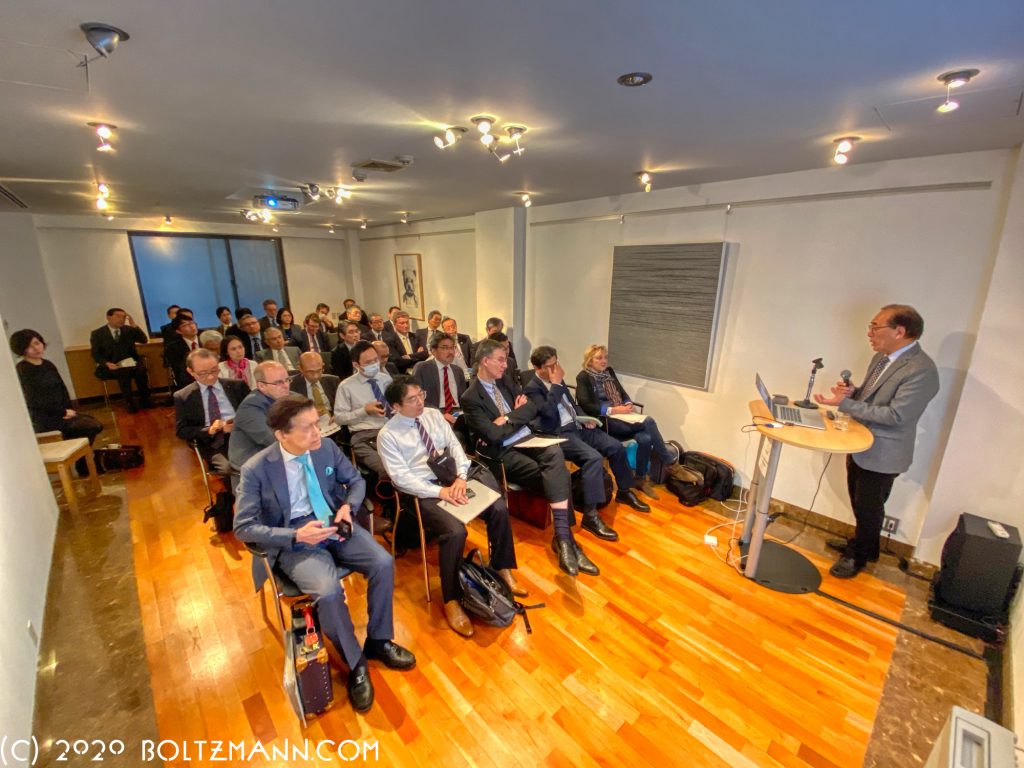
contact
Copyright (c) 2020 Eurotechnology Japan KK All Rights Reserved
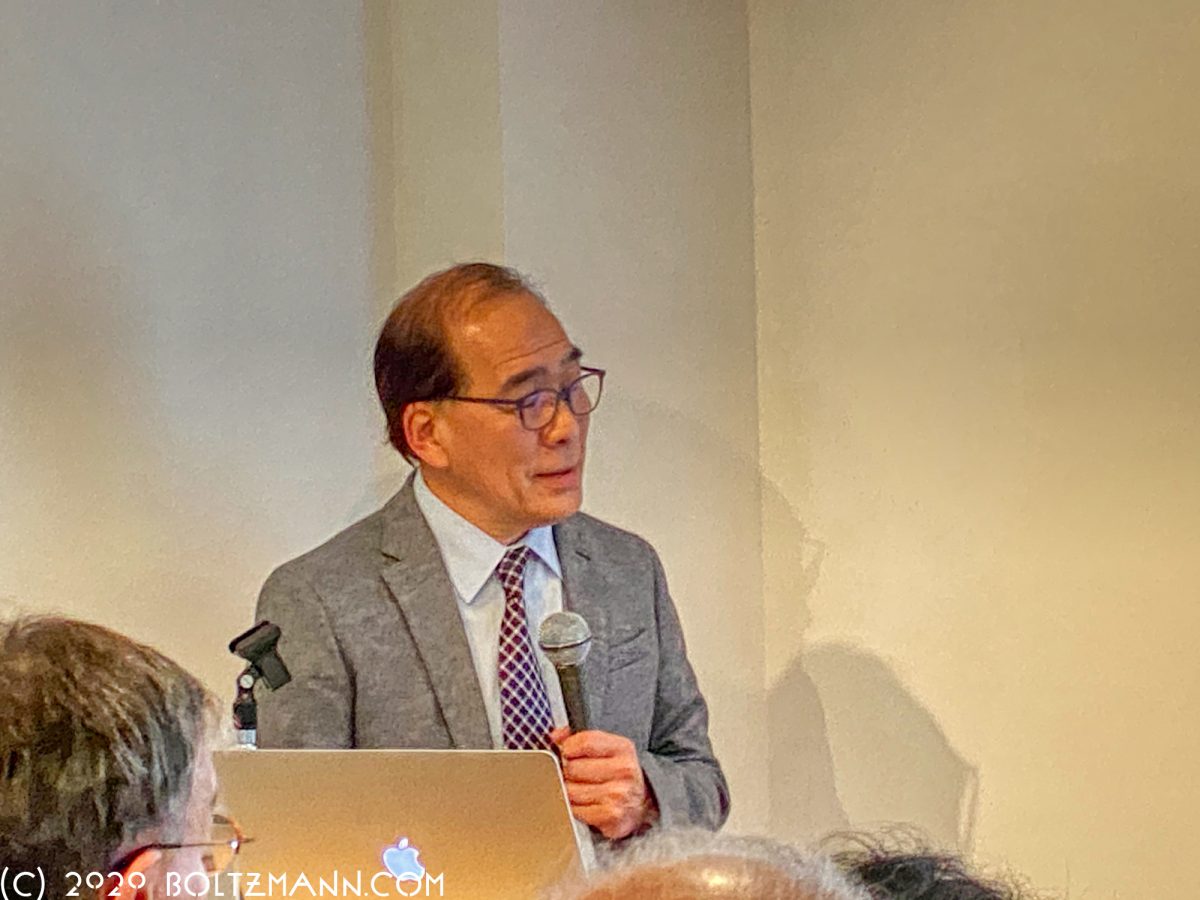
Leave a Reply